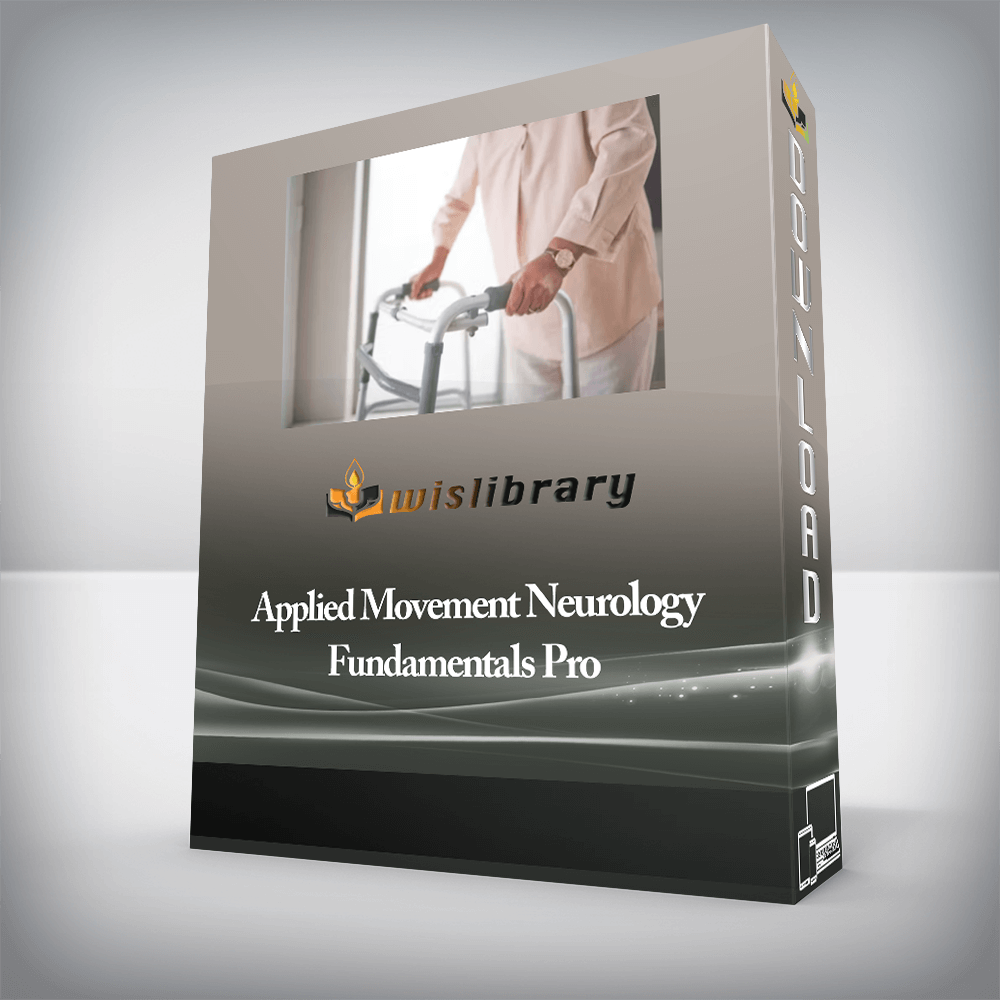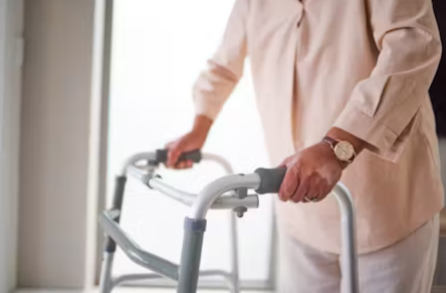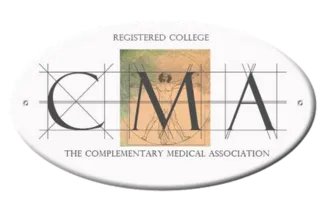

Gain an in-depth understanding of brain physiology and the nervous system, and how they influence posture, coordination, and flexibility. This course offers practical, instantly applicable skills, enabling you to enhance muscle recruitment, correct imbalances, and improve overall movement efficiency. Begin a journey that not only elevates your practice but also profoundly impacts the lives you touch.
This course, the next step after AMN Corrective Exercise Specialist Certification, is meticulously designed to bridge the gap between theoretical knowledge and practical application, focusing on the intricate relationship between the brain, movement, and overall body function. By delving into the physiology of the brain and nervous system, you’ll gain unparalleled insights that will enable you to address complex movement issues with confidence and precision.

The Academy of Applied Movement Neurology (AMN Academy) has been recognised as a Centre of Excellence by The Complementary Medical Association (The CMA). This means that we are proud to say that we hold full Training College Membership of The Complementary Medical Association. This Membership is highly prestigious, and it demonstrates our commitment to the very highest standards of excellence in training courses – and our dedication to supporting you, as our Student.
Posture & Vestibular Somatic Integration
This course starts out by giving you a comprehensive understanding of the different cortices of the brain, along with the anatomical knowledge of the nervous system and functional zones of the Cerebellum that you’ll need to master the AMN Material. From this basis we look at Posture from the Neurological and Reflexive perspective, providing instantly applicable, practical skills.
Posture is a dynamic process largely controlled below conscious awareness. Maintaining good posture is easy while we’re stationary and thinking about it…But what happens when you start to try and move, or your attention is focused on something else? Improving someone’s ability to hold themselves upright needs to be approached by addressing the reflexes that keep our extensors ‘switched on’.
We’ll teach you how to assess the spine, in a quick and easy way and then how to fire the specific reflexes needed to establish good posture.
Coordination
In the second section of this course we look at why some people seem to be unable to effectively coordinate themselves during complex movement.
Contrary to popular belief, being uncoordinated isn’t a fixed trait. By stimulating certain visual-stream pathways with light stimulus, and then providing a person with movements designed to challenge their coordination, we’re able to help people unlock their potential to move in a more coordinated manner.
This has huge implications in reducing the risk of injury and in somebody’s enjoyment of the experience of training and movement.
Cerebellum: Rate, Rhythm, Force & Accuracy
Having already familiarised yourself with muscle testing, light touch and the use of bioelectricity, we introduce the use of functional neurological stimulation, in the form of movement and specific drills.
Through precise movement based assessment you’ll learn how to determine which areas of the Cerebellum have faulty output and we’ll equip you with the tools you need to provide the appropriate input.
Mastery of this section will allow you to improve things like muscle recruitment, muscular imbalance, the accuracy of movement, balance in general and much more.
You’ll also learn how to use the eyes, inner ear and integrated reflexes to rapidly influence the motor system.
There are no reviews yet.
You must be <a href="https://wislibrary.net/my-account/">logged in</a> to post a review.